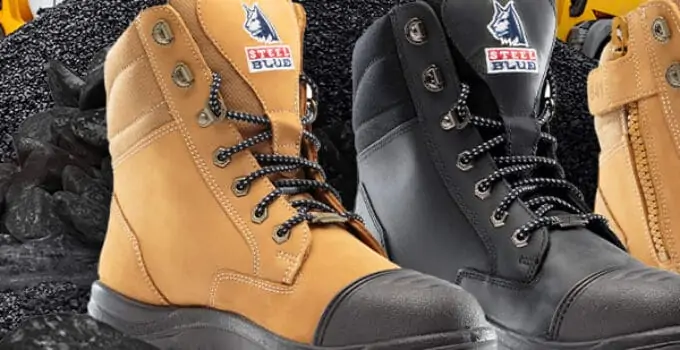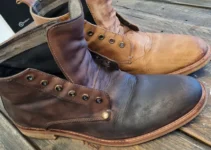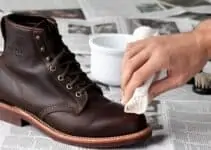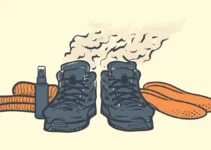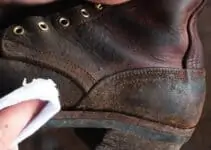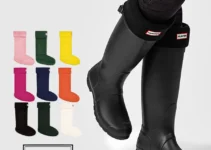We always talk about the importance of choosing and wearing good work shoes that provide us, in addition to safety, comfort. However, little is said about the importance of the maintenance and good care of footwear or how to know when to change work shoes.
In today’s article we tell you some tips to determine if it is time to say goodbye to our beloved work shoes that have saved us from so many knocks and falls, and hello to our new companions for adventures.
Don’t miss it!

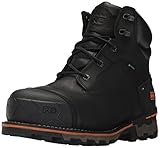






How to take care of your work shoes
As we told you above, it is not easy to know how to take care of our work shoes and, depending on the type we choose, the care will be different. A sanitary clog will not need the same care as a safety boot, it is more than obvious!
Therefore, our first and most important recommendation is to always read, understand and apply the manufacturer’s recommendations when it comes to maintaining our footwear. And, then apply the following measures.
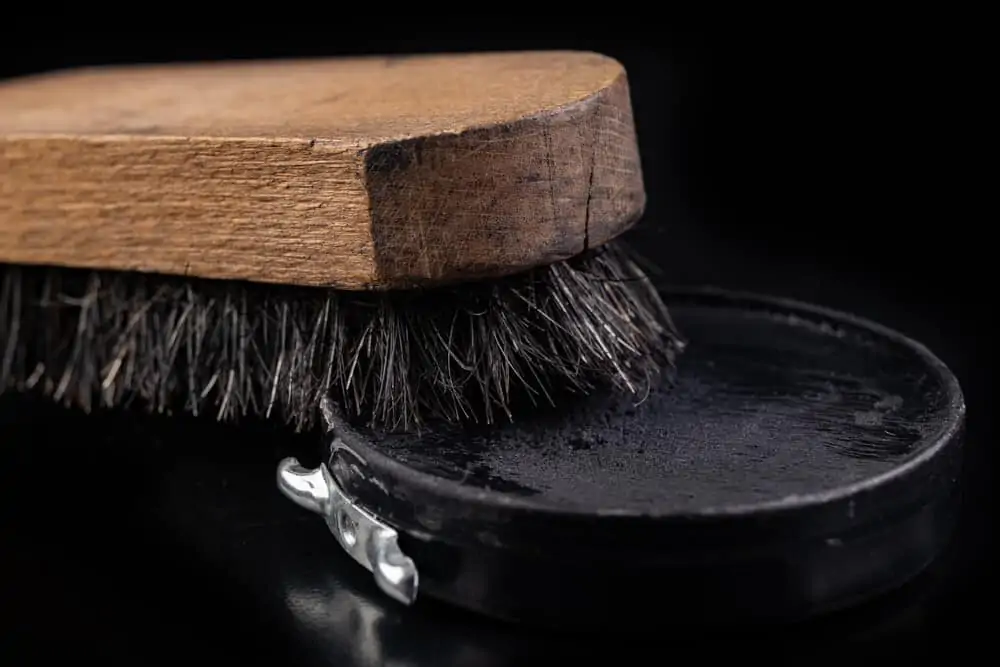
boot polish
What material are they made of?
The first aspect to take into account is the material our safety shoes or boots are made of. Depending on this, we must follow some steps or others, so it is always best to read and understand the manufacturer’s instructions.
For example, if our work footwear is made of leather, we can use a brush or clean them with a damp cloth and, above all, we must always keep them away from heat sources, as this could deform the leather and, therefore, the footwear.
If, on the other hand, our boots or work shoes are made of nubuck leather, we will have to pay a lot of attention to cleaning them, as this is a somewhat more delicate material. We could use a piece of natural crepe or, failing that, some soapy water and let the footwear dry in a warm room away from any heat source.
Amazon deals
Clean every part
Sometimes, we think that only the care and maintenance of the ‘visible’ part of our footwear is necessary, however, it is also essential, for those shoes that have, to clean the laces. As a general rule, these can be cleaned in the washing machine as we usually do with the rest of the garments, although, as we said above, it is best to look at the manufacturer’s recommendations.
And, on the other hand, we should not forget to clean the sole. We may think that it is unnecessary since it is the part that is in contact with the ground and does not affect us, but cleaning it helps to reduce the transport of residues, as, for example, with sanitary footwear the transport of viruses and bacteria.
And, of course, we must not forget one of the most important parts, the inside. How should we clean the inside of work shoes? This part of our footwear is a part to which we should dedicate some of our time every day.
When we get home after work, we can use a deodorant spray that will help us to neutralize odors and, in addition, if we choose the right product it can also act as an antibacterial and/or antifungal.
Tricks to change your work shoes
Evidently, and as Eduard Punset rightly said, “if life were eternal we wouldn’t put the same intensity into it”, so we must assume that the same thing happens with material things.
No matter how much we take care of our shoes, there comes a time when we have to say goodbye to them. It is clear that the more and better we do it, the longer it will take to say goodbye, but, sadly, sooner or later, it will come.
And, the reality is that, sometimes, it is not at all easy to know when it is time to change “the wheels” so here are some tricks that can help you decide.
Once a year doesn’t hurt
Did you know that shoes have a time and a maximum distance of use? It seems incredible, but it is so. Every sneakers, safety boots, clogs or shoes in general, have a maximum distance of use that is usually indicated in time, as it happens with sneakers.
What does this mean? Simple, this means that approximately every year we should start thinking about changing our work footwear for a new one, since this is the average time that manufacturers usually indicate as the maximum time of use at full performance.
Visibly deteriorated footwear
As the saying goes, “broken pitcher, the remedy is to buy another one”. There is no better explanation than this.
With use and the passage of time, no matter how well we take care of our footwear, it will eventually deteriorate. Cracks, breaks and deformations will form that can end up causing damage or injury to your feet and joints, so if we reach this point, once broken, it is best to change them.
Pain with use
It is clear that one of the fundamental principles of the use of work shoes is to carry out our tasks as comfortably as possible.
Sometimes, our work footwear gets damaged and the deformations or breaks we mentioned before are formed in them. These cannot be seen with the naked eye, but they cause us to suffer pain when using them.
These deformations and breaks usually occur in the front area, either in the toe of the shoe or in the upper part or, also, in the heel. Continuing to wear shoes that cause pain in the heel for a long time, for example, can cause much more serious injuries such as plantar fasciitis.
Change of use
Although it is not always necessary, when we change jobs it is usually advisable to change your work footwear for a new one whenever the one you were wearing until now is worn out or does not meet the requirements of the new tasks to be performed.
Remember that safety footwear is used to protect our feet, so if we were not working with electricity before and will be working with electricity from now on, we will need footwear that dissipates electrical charges, so we should choose antistatic footwear.
In general, these are some of the recommendations we can give you to take care of and know when to change your work shoes. We hope that, with this guide, from now on you will never again have doubts about when to change your work shoes for new ones.
We look forward to seeing you in the next article, eager to continue learning.

